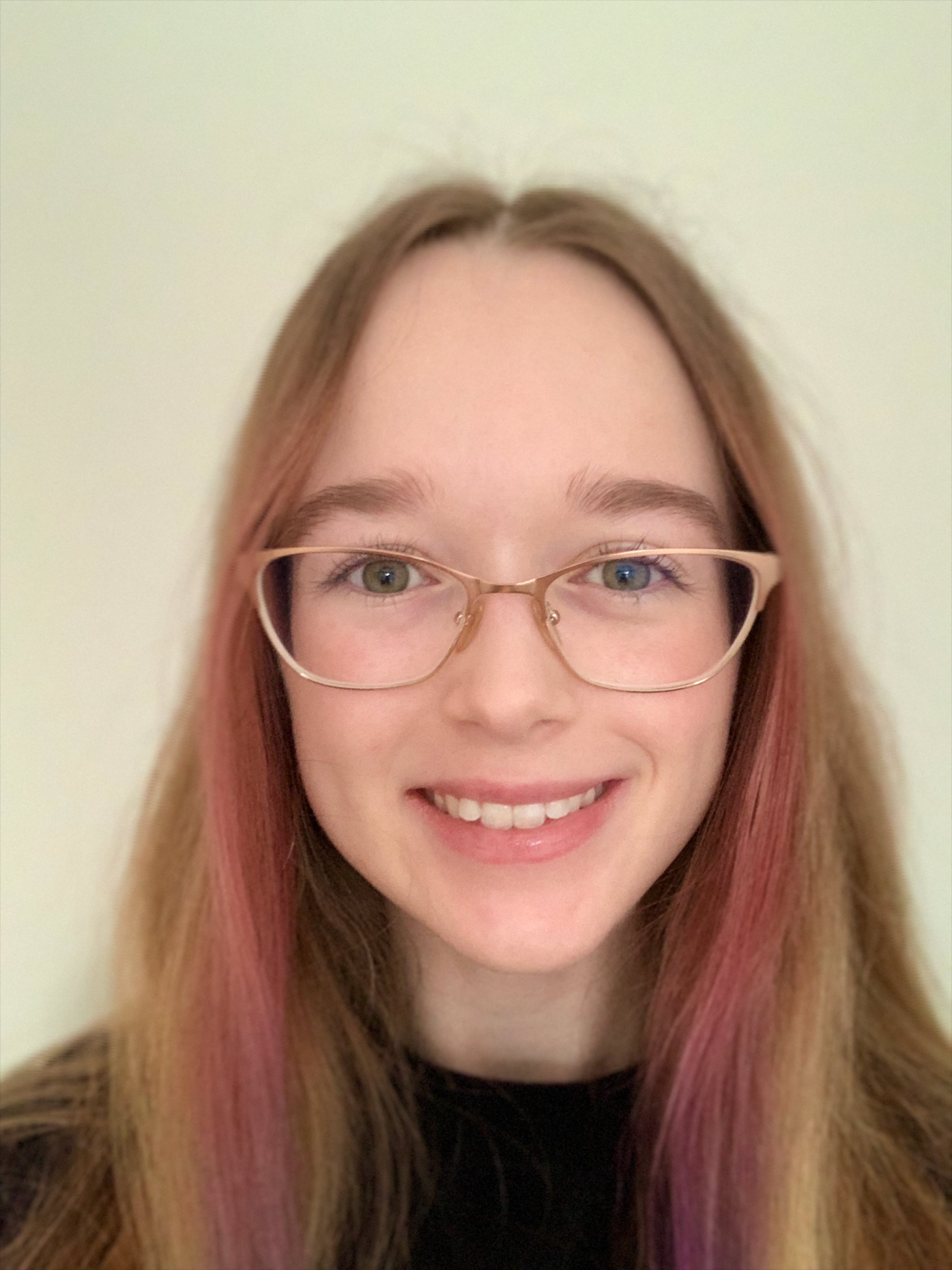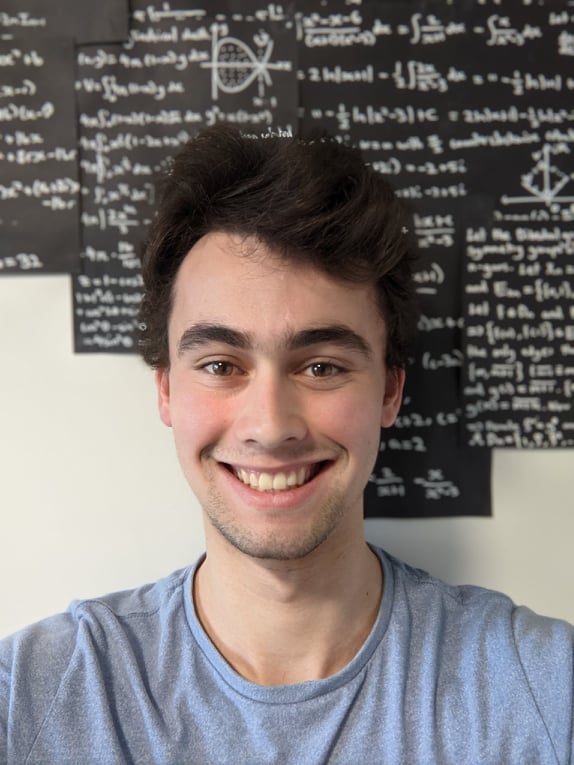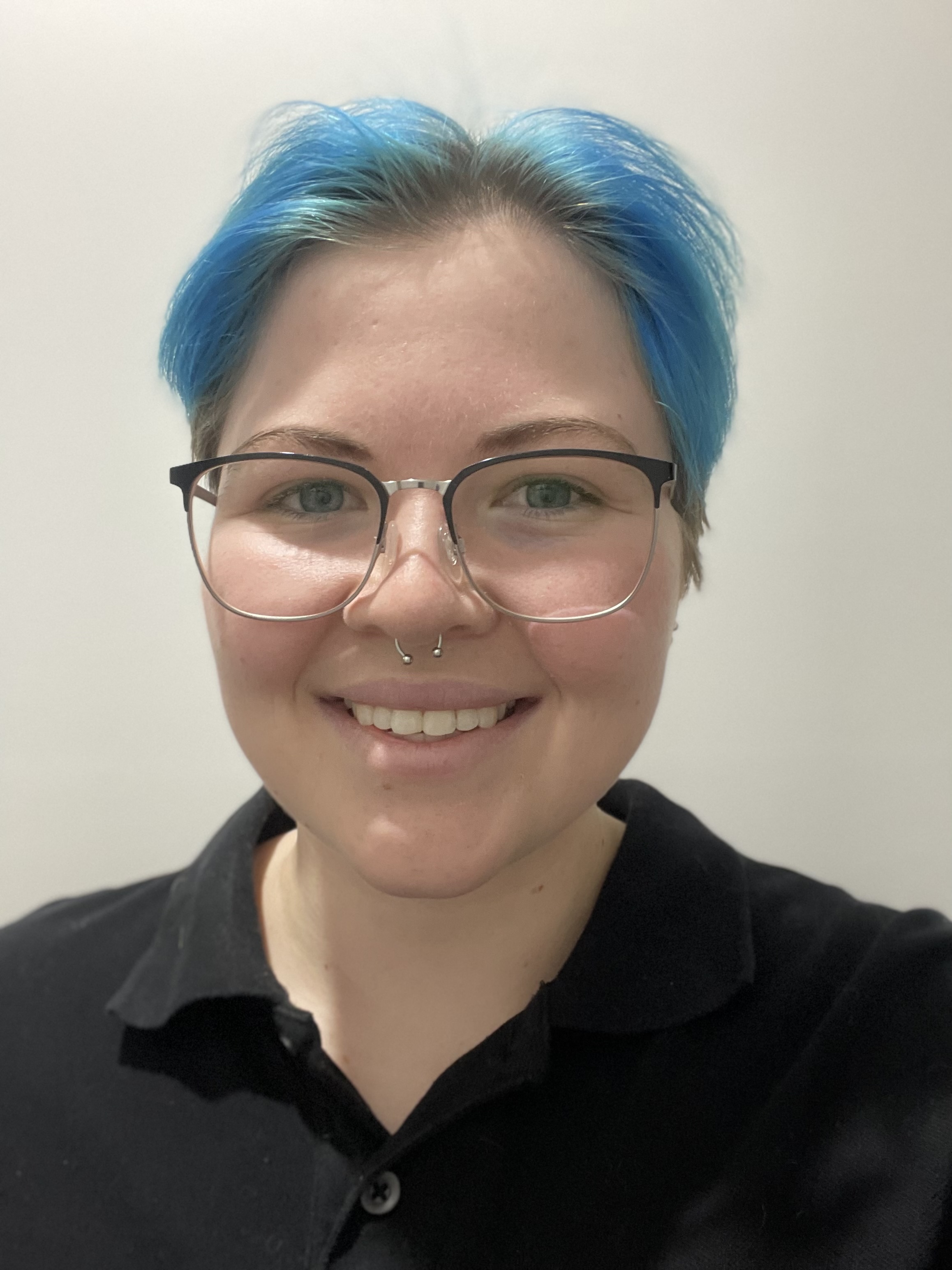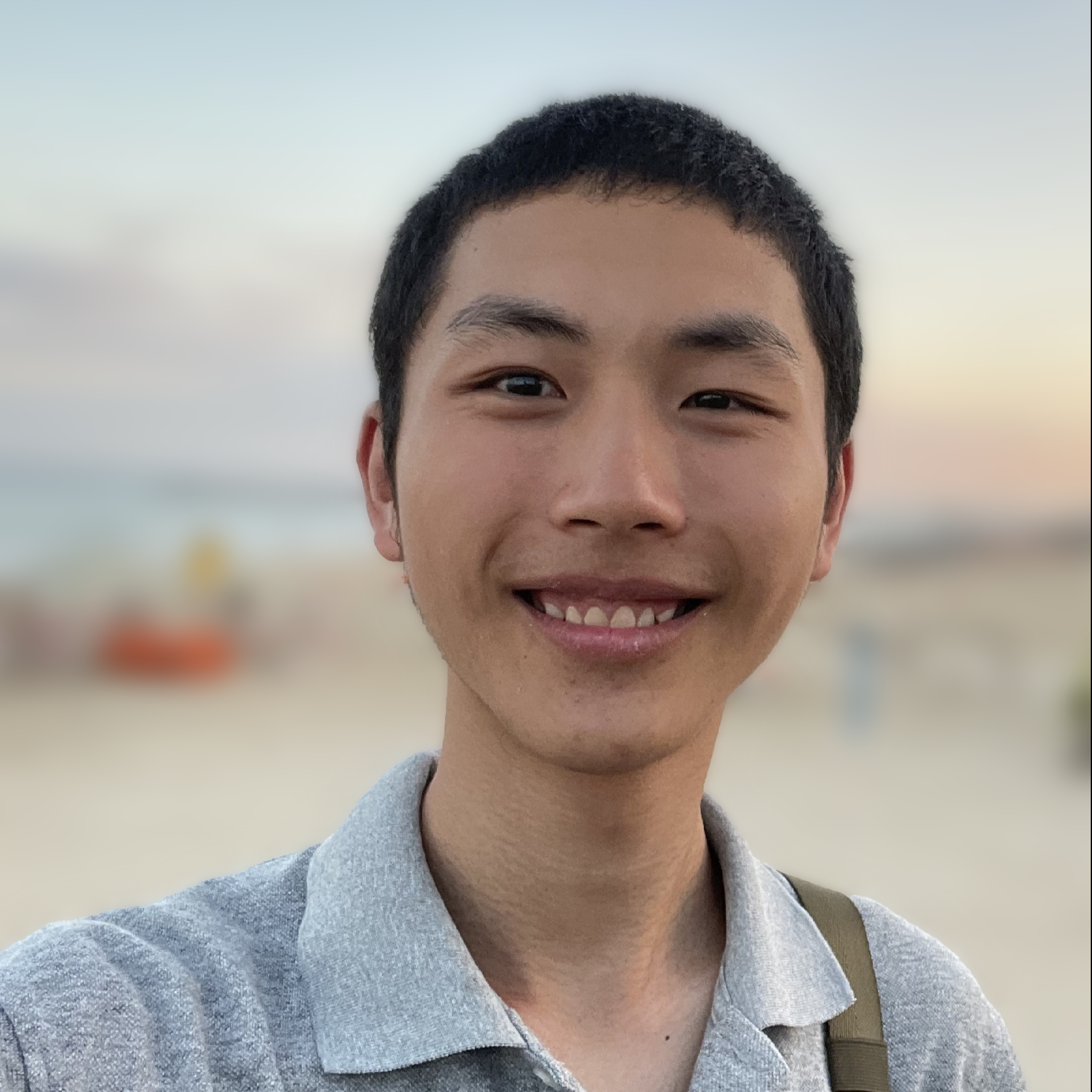Hannah Perry
Optimising the Image Mosaicing of Visual Representations of Functions
Recent work by Smith-Miles and Muñoz explored the computational construction of mathematical artworks from the arrangement of visual representations of functions. The functions were composed as part of Smith-Miles’ ARC Laureate project MATILDA by using a genetic programming algorithm on a set of operations, to generate a more comprehensive set of functions that span across the instance space for continuous black-box optimisation problems. This results in the functions having distinctive appearance in visualisations and complicated minima and maxima. The visual representations in the paper are given a blue to yellow colour palette, which gives the blue minima the appearance of rivers when they connect in the mosaic of these images. The Negentropy Triptych, presents three mosaics of the images in an aesthetic spectrum from disordered to ordered, created by swapping tiles by hand with an aim to enhance or destroy the perceived ‘rivers’. They investigated whether an algorithm could achieve the same goal faster, but this requires a mathematical definition of ‘blue river connectivity’ to ask an algorithm to enhance or destroy.
This project will extend on the work completed by Smith-Miles and Muñoz by attempting to refine aspects of the algorithm used, as well as trying other methods of optimising the river connectivity. This will involve researching the theory of both the current and proposed techniques, reasoning about why these techniques may be effective and their limitations, implementing various algorithms in code, analysing and comparing the effectiveness of the algorithms on this data set, and reflecting on whether these results match our expectations. While this research is focused on automated art generation, the potential applications of new methods for enhancing or destroying structure in images have important applications in image security and cryptography.

Hannah Perry
The University of Melbourne
Hannah Perry is a student at the University of Melbourne studying a Bachelor of Science (majoring in mathematics and statistics) and a Diploma of Computing. She is particularly interested in the mathematics and applications of algorithms, especially in areas like artificial intelligence. Outside of her studies, Hannah enjoys art and design, origami, and virtual reality.




